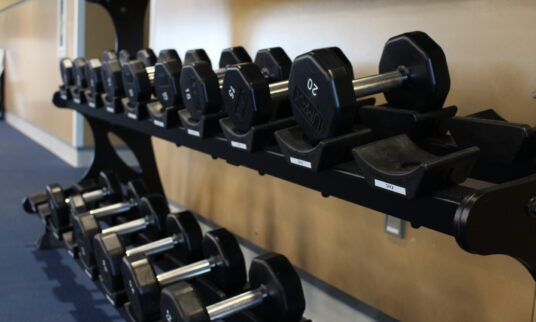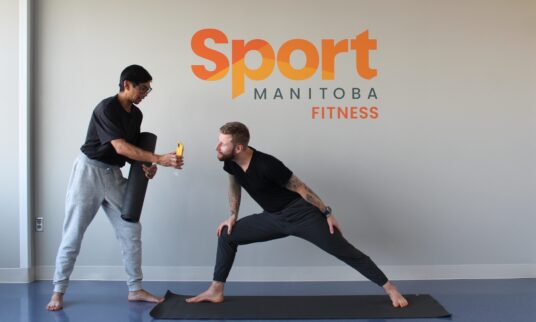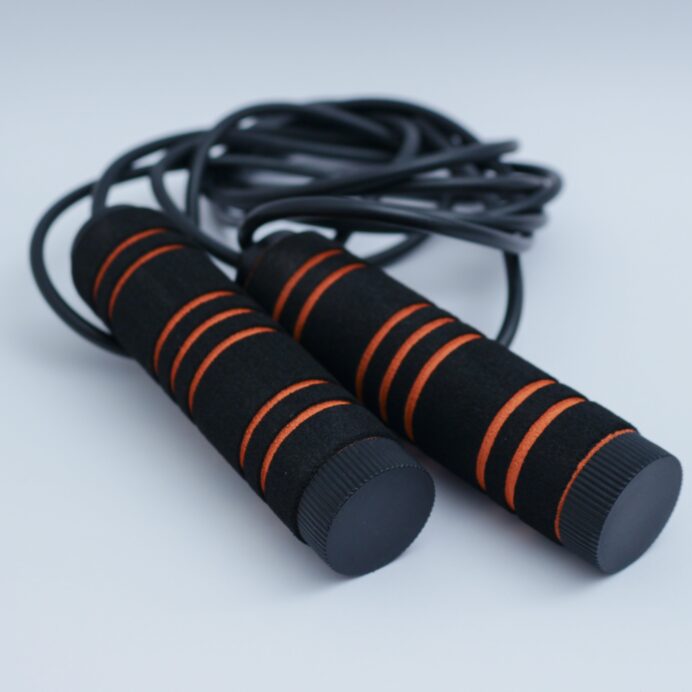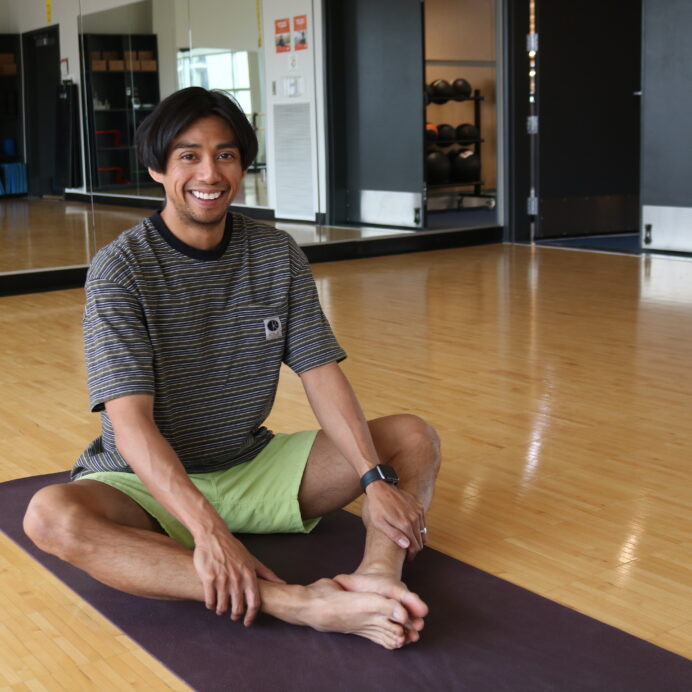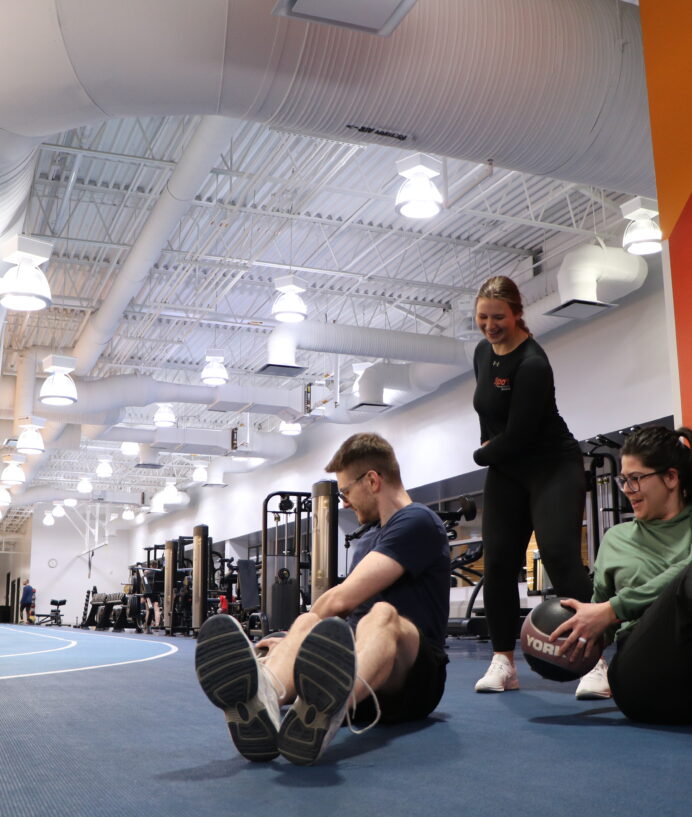By Sam Cortes, Communications Coordinator
What is Skipping Rope And What Are the Benefits?
Skipping/jumping rope is a convenient and inexpensive way to increase heart rate, burn calories, and target major muscle groups, like your legs, arms, and core. As a full-body and high-impact exercise, skipping rope is beneficial for improving coordination, balance/stability, endurance, agility, speed, and overall strength.
Tips for Skipping Rope
– Keep your body upright, and head/neck up. Watch the rope pass to help you keep track of when you need to jump.
– Keep a slight bend on your knees as you jump, then land on the balls of your feet.
– Your wrist controls the motion – have a steady rhythm.
– Don’t be too stiff. Maintain fluidity throughout the movement to avoid tripping.
– Keep your elbows close to your side for a greater arc of the rope.
For beginners:
Start with mastering basic jumps, such as the bounce step (normal jump with feet together) and alternating foot step (like jogging in place while jumping but keeping the hop as minimal as possible).
Practice the desired motion without a rope first to help with coordination.
How to Increase Difficulty
There are various ways to increase the difficulty of a jumping rope routine:
– Increase the intensity, speed, and time.
– Play with jumping variations (e.g., normal jump to scissor jump).
– Combine it with other forms of training: calisthenics, resistance training, or endurance training.
External stimuli can also be added to make skipping challenging:
– Use weighted ropes.
– Wear ankle weights.
– Follow the beat/rhythm of a fast song.
Skipping Variations
High-knee Jump
Skipping Jacks (in and out)
Scissor Jump
Single-Leg Jump
Backward Jump
Boxers heel to toe
Double-under
The goal of the double-under is to make the rope go around 360 degrees, twice, for every one jump. It’s tricky!
Ways To Incorporate Skipping Into A Workout Routine
– As a warm-up or cool down.
– Create a routine (e.g., HIIT) with a mix of skipping variations, calisthenics, and resistance training. YouTube has a lot of skipping workout routines available, which is a great way to get started.
– For a more cardio-based routine, include skipping ropes either at the beginning, middle (i.e., in between sessions), or end of the cardio workout. E.g. 40s rowing; 20s rest; 60s skipping.
Sample Workout Routine
| Upper-Body Cardio-Strength Routine Sample (Intermediate/Advanced) |
| 60s | Normal skipping |
| 8-10 reps | Bent-over row (select from: barbell or dumbbell) |
| 60s | Alternating scissors jump |
| 8-10 reps | Overhead press (select from: resistance band, barbell or dumbbell) |
| 60s | Side-to-side jump |
| 8-10 reps | Push-ups |
| Finisher: 2 x 60s | High knee jump |
Sources
Cengizel C O, Oz E, Cengizel E. Short-term Plyometric and Jump Rope Training Effect on Body Profile and Athletic Performance in Adolescent Basketball Players. Int J Sport Stud Health. 2022;5(2):e132585. https://doi.org/10.5812/intjssh-132585.
Cooper, R. (1997, September). Skipping class: you don’t have to be a welterweight champ to skip like a man. Men’s Health, 12(7), 108. https://link-gale-com.uml.idm.oclc.org/apps/doc/A19662802/CPI?u=winn62981&sid=bookmark-CPI&xid=7b8a6ec8
McKay, B. &. (2021, June 27). How to Jump Rope Like a Boxer. Retrieved from The Art of Manliness: https://www.artofmanliness.com/health-fitness/fitness/how-to-jump-rope-like-a-boxer/
Shaw, G. (2023, March 2023). Jump Rope Workouts. Retrieved from WebMD: https://www.webmd.com/fitness-exercise/a-z/jump-rope-workouts
Sport New Zealand. (2023). Developing Fundamental Movement – Jumping. Retrieved from Sport New Zealand: https://sportnz.org.nz/media/2048/fundamental-movement-jumping.pdf
